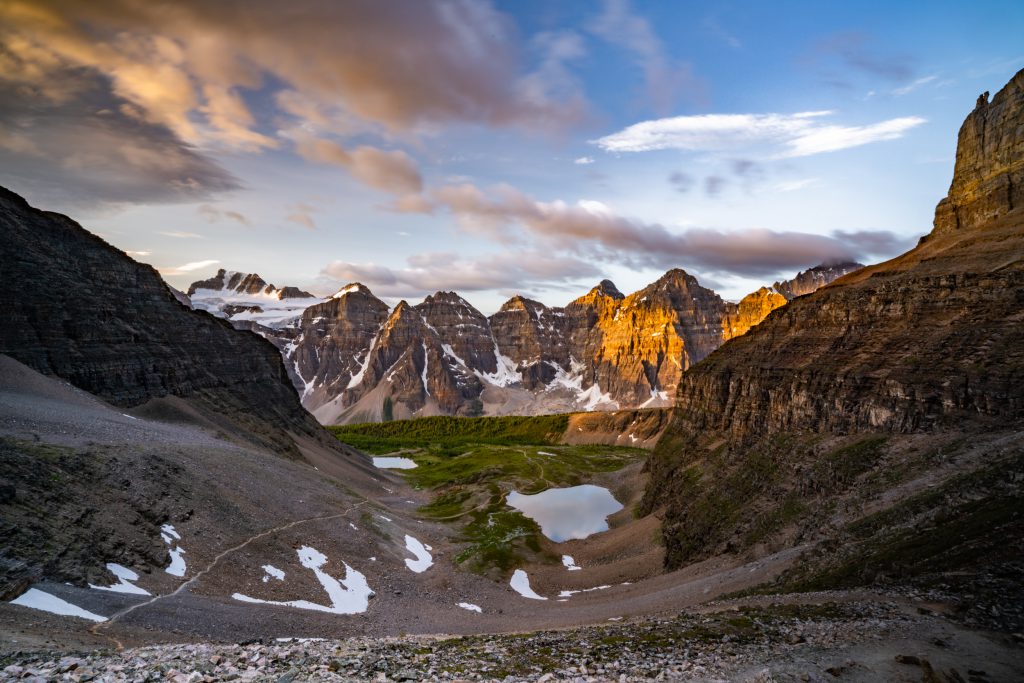
My alarm goes off at 3:30 AM. I want to ignore it. It would be so easy to spend my first full day in Banff getting oriented, strolling through town, eating a slow brunch. But I am BEHR’s Color Explorer, on a quest to discover and capture inspiration, and Color Explorers do not go back to bed. I stir up powdered instant-coffee and drive an hour in the pitch black to the Moraine Lake parking lot. I’ve got a sunrise to catch.
As I hike in the darkness, I prime my eyes to notice and appreciate every nuance of color that will soon be visible. In the Canadian Rockies, color isn’t exactly hard to find. But I am determined to do more than just see it; I want to absorb it enough to describe it in all its variation.
As the sky begins to lighten, I notice lilac and marigold wildflowers speckling the fringes of the trail. The sun caresses the mountain tips. Clouds race across the sky, illuminated by the reddish tinge of alpenglow. I descend back to Lake Moraine, indecipherable when I set out. The celestial turquoise water glows as if being shined with a flashlight from underneath. It seems completely unnatural, an impossible color, a color for which my only frames of reference are Florida swimming pools and the artificial “ocean” color on elementary school globes. And yet, there it is, and there it has been, predating all its imitators.
I’m convinced my awe has peaked, but it reaches its apogee the next day, when my helicopter takes flight.
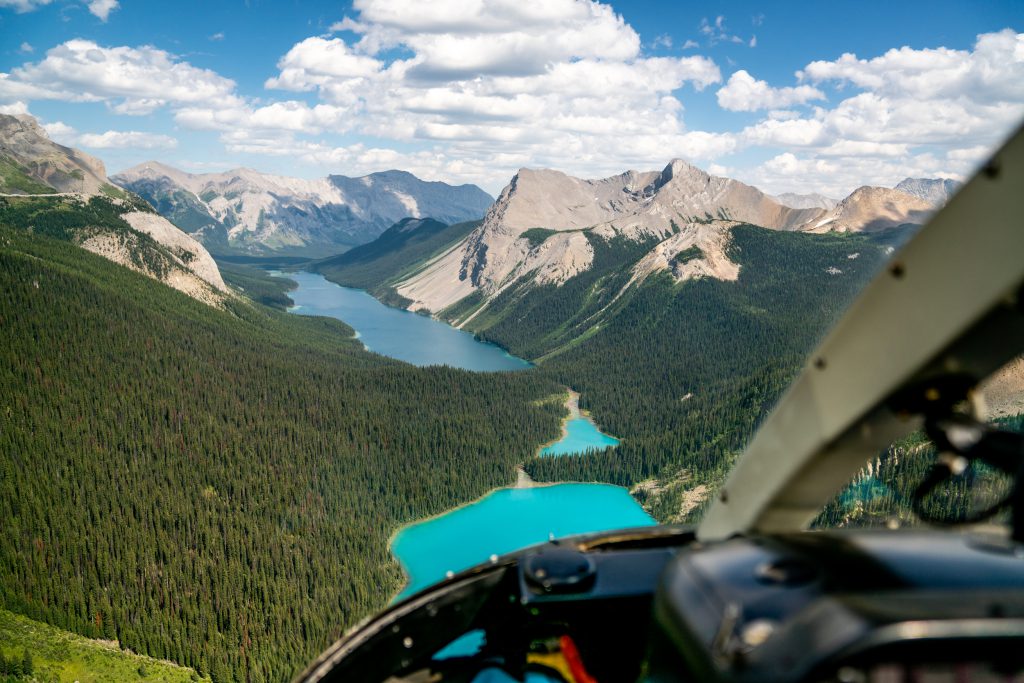
For 30 breathless minutes, I sit shotgun as my pilot buzzes the flanks of Mt. Assiniboine and the surrounding glaciers. Soaring over jagged ridges, icy striations, and brilliant emerald patches of lake, the earth looks like a handwoven quilt.
It would be accurate to call the colors below me blue, green, white, and brown. Accurate, yet insufficient. As the sun and clouds dance, the supposedly straightforward Earth colors again seem unreal, this time due to their constant flux. I’ve been conditioned to think of colors like construction paper—static and uniform. Colors in nature are chameleons.
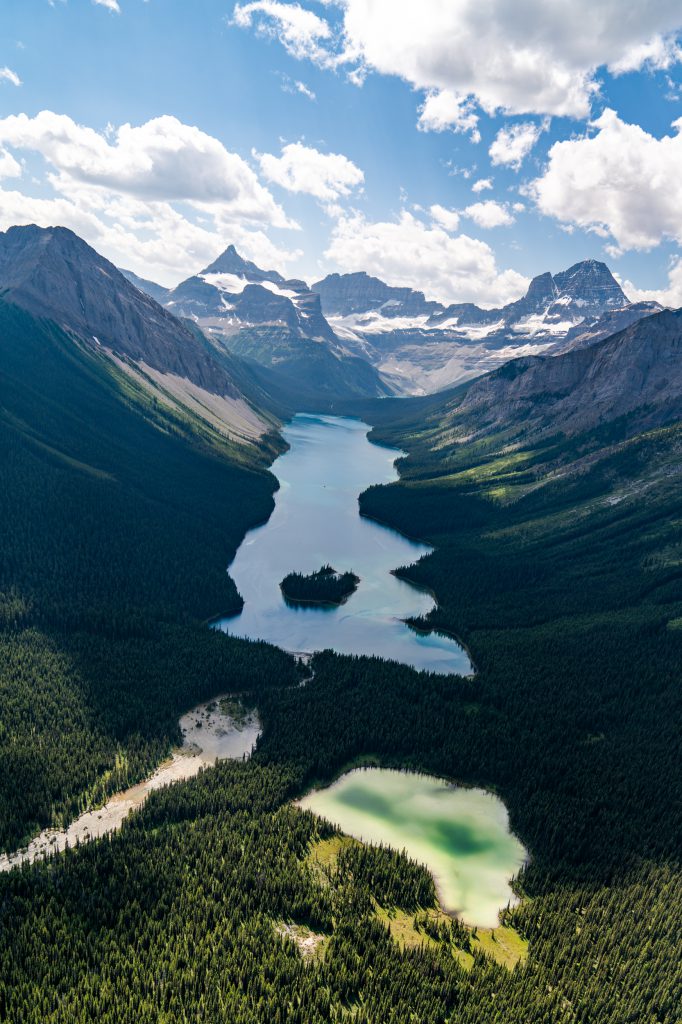
My last full day in Banff, I hike to a lookout point for a wide-angle view of Lake Louise. Red canoes dot the rock-flour water like life-savers bobbing in liquid gemstone.
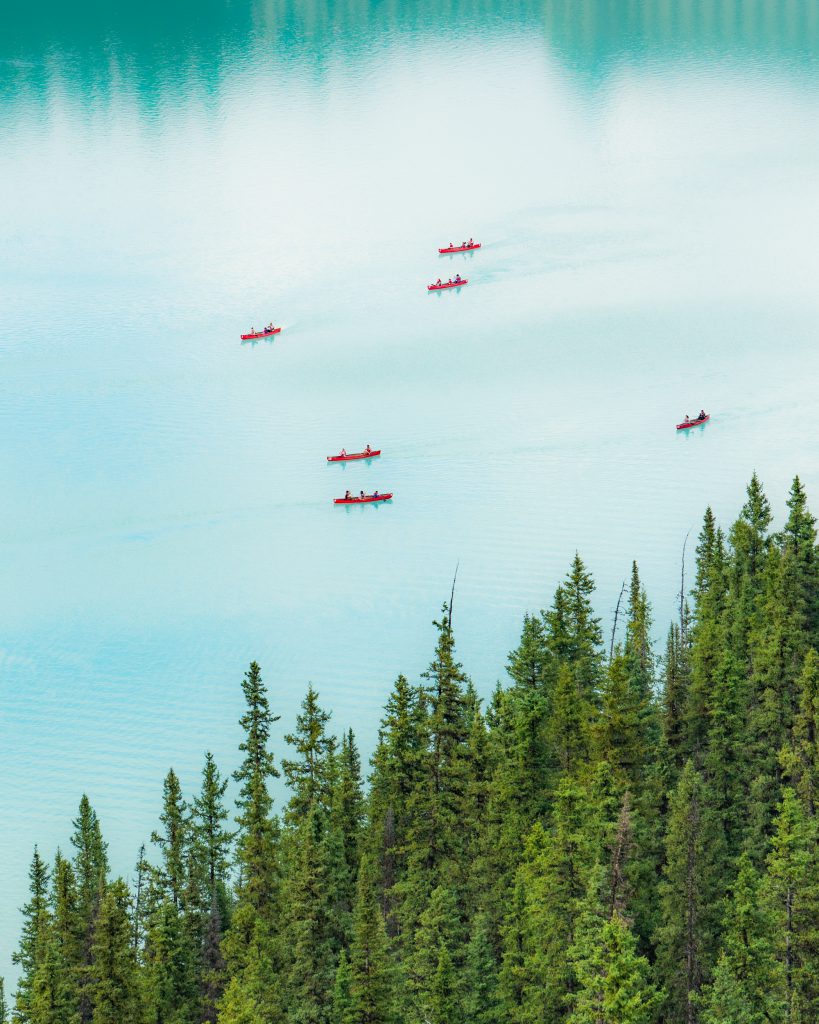
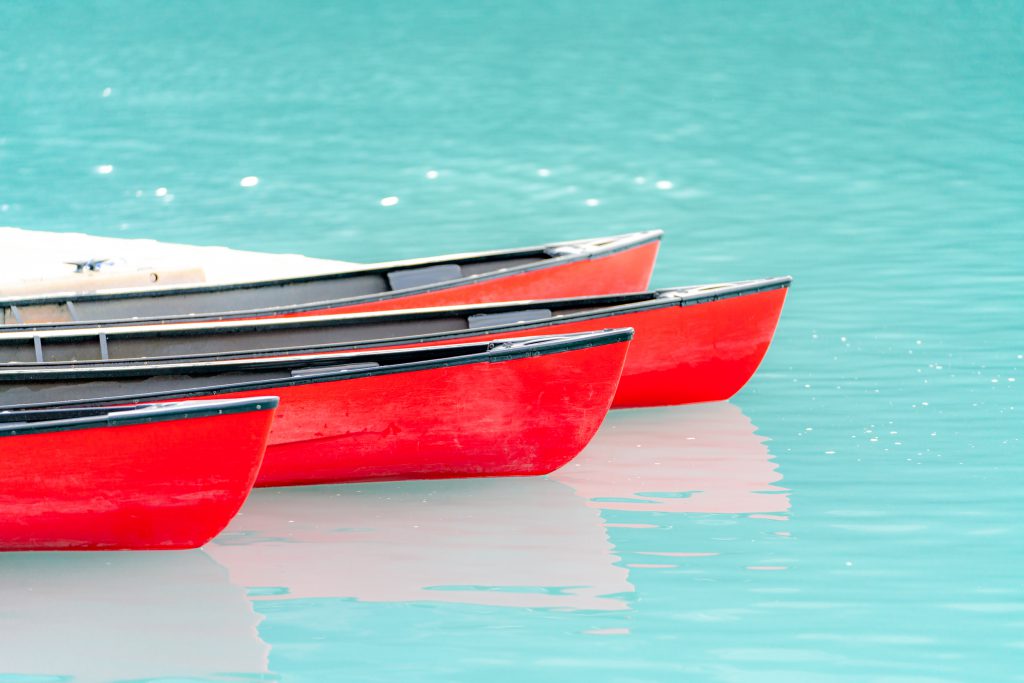
My flight home out of Calgary leaves at 7:00 PM. I have time to hightail it to Peyto Lake. Jade, mint, celeste, turquoise, topaz, aquamarine… I could swear I’ve seen all of Banff’s divine blue-greens before. I’ve seen them throughout my life on pasta boxes and shopping bags—on all manner of human-made objects. But seeing them in the natural world makes me feel as though I’m seeing them for the first time. Whatever versions of these colors I had previously known were merely interpretations of shades made by divine design. Pure, infinitely nuanced, and ever-evolving, these are the sources from which every future can of paint will be drawn.
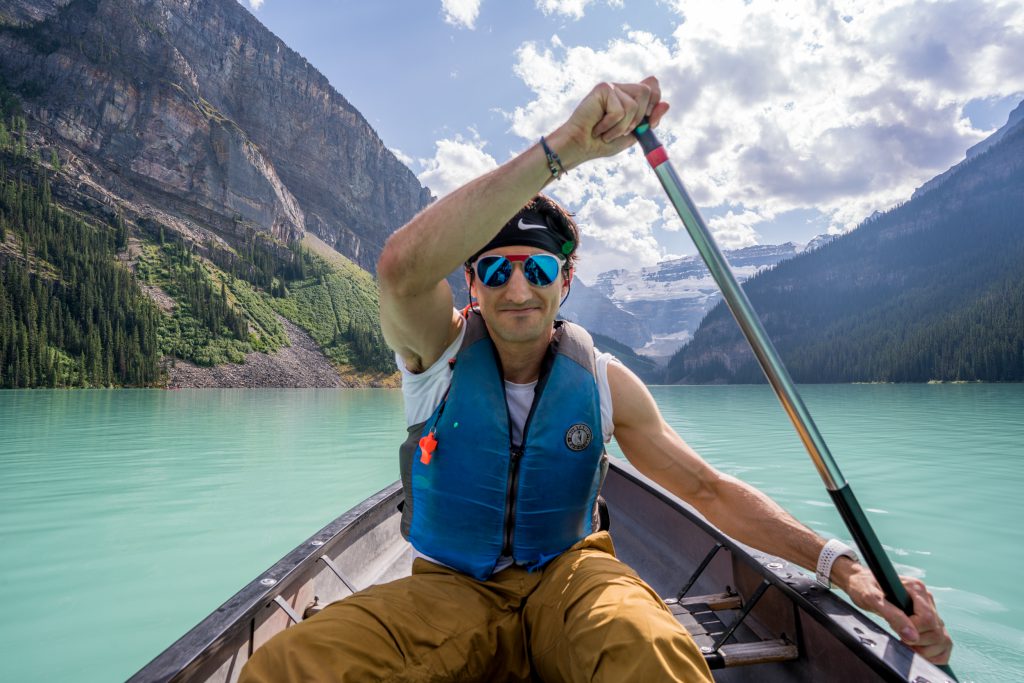
Colorfully Yours,
David Axelrod
BEHR Color Explorer
Follow my journey: @2straws




Thank you for such a good passage discussed. I really have a great time understanding it.